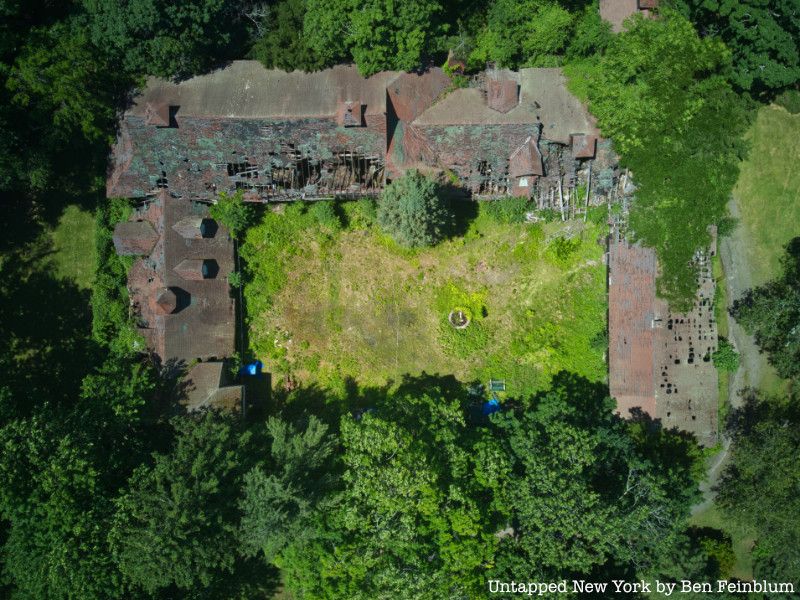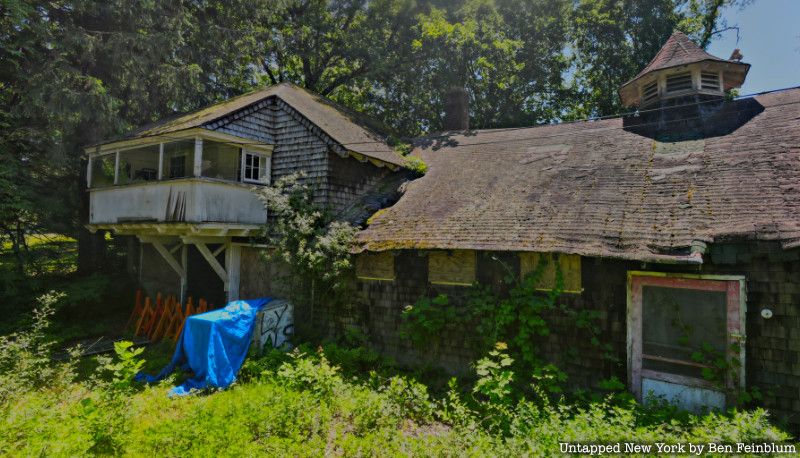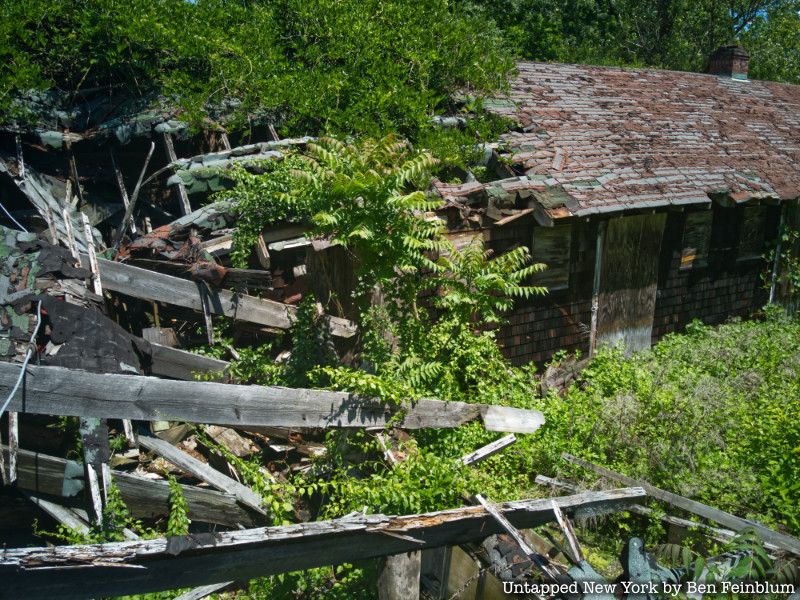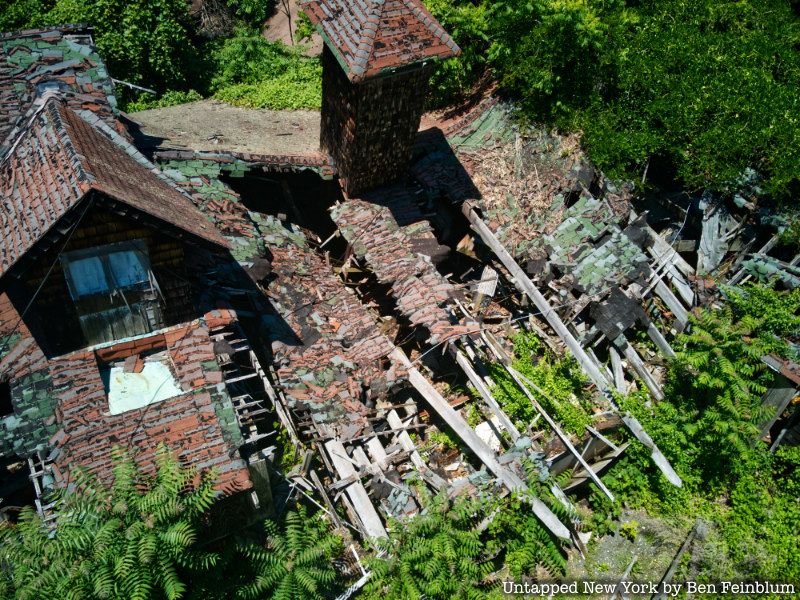NYC’s Forgotten ‘War on Christmas Trees’
Discover how an obscure holiday crackdown affects festive street vendors today!


Nestled away in lush northeastern wood, tactfully wedged between a plethora of heavy oaks and sagging pines, (barley) stands the century’s old Ward Acres Barn. The hulking structure in New Rochelle, New York recalls a bygone era of Westchester county — one of large estates, horse stables, orchards, and large grassy expanse — that contrasts the tight spaces, subway stations, and thick air of Manhattan.

The barn and stable complex, built in 1906, stands in Ward Acres Park, a 62-acre portion of the once 500-acre Hillandale Farm estate owned by Watson B. Dickerman, a successful horseman and stock broker. The park includes a dog-run area, wooded trails, a small garden, and a horse burial ground. The other 400-plus acres have since been fractured into an elementary school, middle school, housing, and roadways.

Rounding off at over 25,000 square feet, Ward Acres Barn once housed three stables, two barns, and two apartments, all linked together by closed passages. Dickerman churned out many prize-winning race horses on the property, some of which are buried in the horse sanctuary deep in the park where the racing oval once stood.

After most of the estate was sold to New Rochelle for development, Ward Acres Barn gradually deteriorated, its disuse causing more damage than the horses did in their heyday. The dilapidated barn hosted an annual haunted house for decades, its creaky boards, patched walls, and lurching floors providing fright only enhanced by added decorations.

Falling further into disrepair, the building has been left to nature, nestled away in the forest for a peaceful death. Today, the roof is nonexistent in many places, the walls lurch, the rafters have snapped, and the ivy has taken hold.

The decayed superstructure has become host to a wide variety of animals. Its dark wet rooms and gradual decline into the forest allure birds, rodents, raccoons, snakes, and other woodland creatures.

A trip inside the farm by drone reveals decades of work, each year’s technology over the last. Electrical and phone lines weave around ladders, fire alarms, loose chains, and cinderblocks in a chorus of retrofitting, and failed rehabilitation. Compared to a 2006 report on the condition of the park and barn that reveals roof leaks and broken windows, among other proof of disrepair, the barn has plunged into deep decay. It is now nearly unrecognizable to its previously reported condition.

Remnants of the haunted house are strewn about the complex, from frightening paintings to statues and fake beasts. The history of this barn can be unpacked by the adornments of each wall.

Efforts to “Save The Barn,” reimagine Ward Acres park, and reinvigorate the barn’s surrounding area have slowly gained traction within New Rochelle. It is estimated rehabilitating the barn would cost between two and ten million dollars, though the specifics remains unclear.
A recent 20 million dollar plan from the city of New Rochelle outlines major plans for the entire park. It calls for, “farm-to-table events, a nature center, an outdoor educational space, and restrooms” within Ward Acres Barn, new walking trails, a parking lot, and a reworking of the grassy areas and water table to balance stormwater. The plan, unveiled this July, leaves many looking to save the park feeling optimistic, breathing new life into the movement to save the barn and creating an engaging community place in this century’s old space.
Next, check out 5 historical farms in New York City that you can visit!
Subscribe to our newsletter